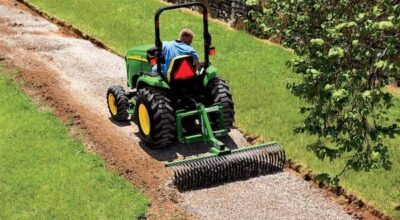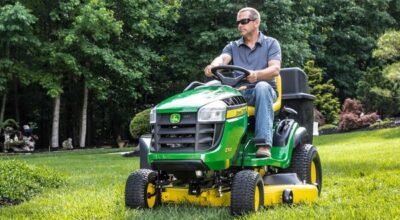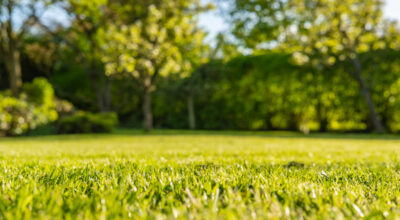Just because summer is waning doesn’t mean that you have to give up on your garden. There are plenty of fruits, vegetables, flowers, and more that grow into the fall months – this includes broccoli, brussel sprouts, cabbage, and more. By taking the time to plan out your garden and plant accordingly, you can develop one that thrives well into the coming weeks. Let’s take a look at some gardening tips and tricks you can keep in mind as you look to make the most of the autumn growing season .
Be Mindful of the Sun
Richard Jauron, Iowa State University extension horticulture specialist, says that it’s critical to scout out a potential gardening site throughout the day. This will help you identify which areas get the most sunlight and where long shadows can be problematic. Jauron says that gardens grow best in a sunny location – this means six hours of direct sun each day during the growing season.
Know the Land’s History
Depending on what the land was used for in the past, you may have a difficult (or easy!) time growing what you wish during the autumn. “The biggest issue would be if the site was a corn or soybean field the previous year,” Jauron says. “Residuals from some herbicides may persist in the soil and prohibit the planting of certain vegetables for 12 to 18 months, sometimes longer.” If you are working with a lawn, there should not be any issues, according to Jauron.
Think of Drainage
Ideally, you should work in a well-drained area. If water tends to pool in your garden area after a heavy rain, you will run into issues – the water may suffocate your plants and cause immediate devastation. Poor water infiltration can also be an indicator that the soil is high in clay content and low in organic nutrients.
Take Care of the Weeds
If you are gardening in a location that has particularly tough weeds, don’t be afraid to spray an herbicide. “You want a clean slate, so you need to destroy and remove the existing vegetation,” Jauron says.
Test Your Soil
A soil test will let you know how much nitrogen, phosphorus, and potassium is within the ground. The optimum pH range for most vegetable crops is 6.0 to 7.0. However, vegetables can be successfully grown in slightly alkaline soils.
If you have any questions about the gardening equipment from Deere that you can potentially use in your autumn garden, you can contact your local John Deere dealer.
If you enjoyed this post or want to read others, feel free to connect with us on Facebook, Pinterest, or Twitter!



